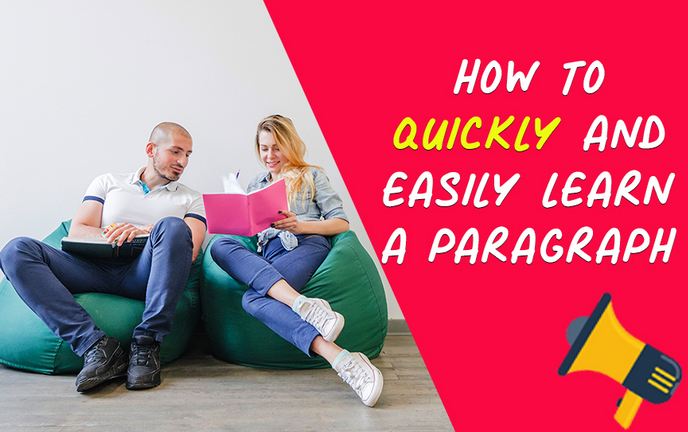What if the student is asked to learn paragraphs from a textbook? (don’t be nervous, but get creative)
Probably, if there were a collection of “Classics of homework”, then various variations on the topic “learn a paragraph” would occupy one of the first places in it.
In fact, this is one of the most common types of school assignments. It sounds quite vague and a little assignment help Melbourne is required for it. Moreover, the situation is slightly better if there is an indication of exactly how the “learning” of the ill-fated paragraph will be checked because there are many options: retelling, written test, oral questioning. So how do you learn these paragraphs from a textbook? Consider a turn-based strategy.
Step 1. Set a clear goal.
Yes, “learn a paragraph” is a school cliche, but what is behind it? There is little danger in it. Namely, the substitution of concepts. Is it really important for the teacher that the child just learn the paragraph? Of course not. It is very important for the teacher that the student learn something new, or consolidate the knowledge gained in the lesson. So, you should put together with the child the right emphasis – on knowledge. We do not just “learn the paragraph”, but we:
- We study how primitive people lived;
- We learn how our body is arranged;
- Learn the rules that will help us to correctly place commas, etc.
The child should see behind the paragraph knowledge that is alive and necessary for him. This will help him set a specific goal for his “teaching”. Information that makes sense and importance to a person is remembered much better.
Step 2. Find the main thing
Children are very lost
when they see large texts in front of them. This is especially true for
younger students. And if you need to not only read the text but learn
it! The task is not easy.
It is important to remember about water. There is “water” in any
text. By water we will understand information that does not carry the main
meaning. It is not bad, it has its own tasks to make the text pleasing to
the eye and more understandable. But when you have the mission
to “learn” the text should be slightly “dried”.
How exactly should this be done? Consider the algorithm, which in three readings of the text will allow to better master the material of the subject:
1. After the first reading of the text, you need to answer the question: “what is this paragraph about?” Children with a good memory usually begin to retell the text immediately, but be careful, the child must “digest” what he read and understand the main meaning. The shorter and more accurate the wording, the better.
2. During the second reading of the text, we find the main thoughts in it. The method of “keywords” will help us with this. Keywords are words that carry the basic meaning of the text. Having a list of keywords makes it easy for a child to recall the contents of the entire text. Underline them in the text, and even better – write them out on a separate sheet. How to verify that the keyword is highlighted correctly: try to remove it from the sentence! And if the proposal has lost its meaning – you are on the right track;
3. The third reading is control. We read again, paying particular attention to keywords.
Step 3. Add some creativity!
In any subject, there is a place for creative flight. Even in the most uninteresting text, the child will be able to find a place to realize his potential. There are several ways:
You can “draw” the text.
Yes, translate information from the text to figurative! And here you have to work hard because you need to carefully analyze what you read in order to come up with a single image that could reflect the content of the entire text. This technique will help shape the child’s analytical thinking;
Pictograms can be used.
Take a list of keywords and translate each into pictograms (a sign that displays the most important recognizable features of an object, object or phenomenon to which it points, most often in a schematic form). At first, it will be very difficult to select pictograms, but thanks to this process, the studied information will be stored in the child’s memory more firmly;
You can write a story.
Option for young writers. Again, take our list of keywords, only now – we will compile a story based on it. It is advisable to use imagination to the fullest and compose bright and interesting options. So, the keywords are “printed” in the mind tightly, the main thing is to tell the necessary, initial story later in the lesson.
Let your child always realize three things when doing homework: why does he teach this material, what is its main idea and how can you add a little creativity to it. And then no paragraphs will be scary to him.
Author Bio: I, Leeza Keen, am a potential content writer having all the necessary skills to produce engaging content. Besides this, I am well-aware of the academic writing techniques as well. It has been 8 years that I am delivering assignment help Sydney services to my clients all over the nation.


























